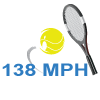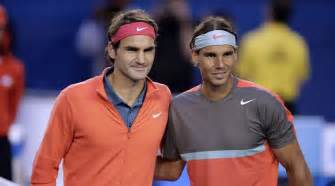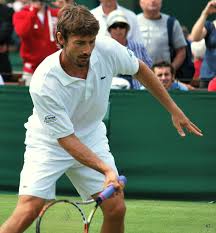Tennis: The retrievers and grinders may not appreciate the proposed seeding change, from 32 to 16.
One of the most far-reaching changes proposed recently is in the seeding format which the ITF intends to change from 32 to 16 at the slams, beginning from the Australian Open 2019.
The proposed seeding change could affect those ranked within 16 and 32.
This change could be a double-edged sword that may cut both ways to be equally dangerous for the top sixteen and as well as those ranked between 16 and 32.
Not only would this change make the early round matches more competitive by pitting the top sixteen against those ranked between 16 and 32, but also diminish the prospects of the top 16 reaching the quarters, semis, and the finals. The sixteen-seeds format was the norm until 2001 when Wimbledon moved to 32 seeds to counter the boycott threat from the likes of Juan Carlos Ferrero and some other prominent clay courters.
The clout of the dirt brigade.
The decision to switch to the 32-seeds format was taken under duress by Wimbledon in 2001. The dirtball brigade had significant clout back then, and they continue to exercise the same power in the world of professional tennis even today. The slowing down of hard and grass courts is perhaps another outcome of the clout of the dirt brigade.
The players who play based more on timing, which equates talent in tennis, than on physical prowess would probably care little about the proposed change, whereas the clay court grinders, and retrievers will have a lot to complain about this seeding reversal.
Roger Federer’s take on the proposed change.
The Swiss Maestro has expressed his support for the proposed move. “That’s how it used to be when I came up, way back when, and I think there is definitely something intriguing about having 16 seeds. I see the problem of the 32 seeds, it makes – I mean the eight seeds get byes usually at the Masters 1000 I believe, so you make it like these stairs, where once you’re in it, you’re kind of safe, and I feel like there are too many of these stairs, you know, that you have to get to the top, it’s hard to drop out and hard to get into,” elaborated Federer in London.
“But I think maybe having 16 seeds that might be interesting because the draw can be more volatile, and better matches the first week because top guys make a habit or, not cruising, but getting through the first week somewhat comfortably for a long period of time now. I do believe playing No.17, or 19, or 21 in the world is not something the top guys really want to do but it is what it is,” continued Roger Federer.
The earlier rounds in a slam will get exciting from 2019.
How interesting and explosive could it get in slams from 2019? For starters, the number two seed, Roger Federer could meet the 24th seed Milos Raonic who has beaten Roger at Wimbledon and on hard courts; or, the number one seed, Rafael Nadal could meet the 21st seed Nick Kyrgios who has beaten Nadal two of five times they have played.
This seeding change will be welcomed by the fans of tennis as they’ll get to see high-quality matches in the first and second rounds. However, it may not be appreciated by the rabid fans of Federer, Nadal, and Djokovic but will be great for tennis on the whole.



Bullshit article
Nice article!